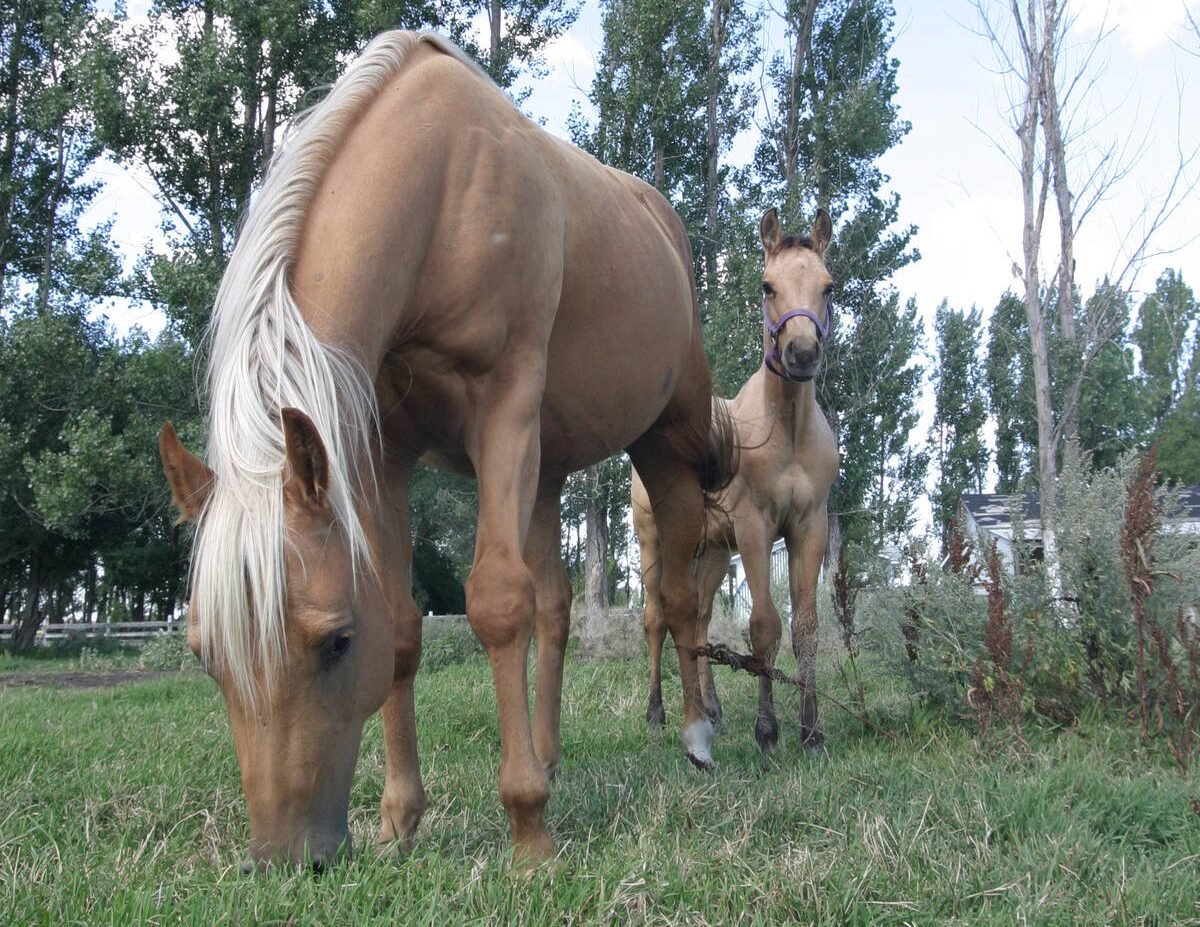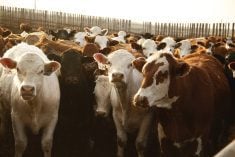An American beef producers group is criticizing a Canadian farm aid program meant to help cash-strapped livestock producers losing money due to the impacts of BSE.
Bill Bullard, chief executive officer of R-CALF United Stockgrowers of America in Billings, Mont., said the group representing about 9,000 producers in 46 states is monitoring the impact that Canada’s $1 billion farm aid package might have on American cattle producers.
However, the chief agriculture negotiator for Canada said the program is acceptable under World Trade Organization rules because it is disaster relief.
Read Also

Growth plates are instrumental in shaping a horse’s life
Young horse training plans and workloads must match their skeletal development. Failing to plan around growth plates can create lifelong physical problems.
“It doesn’t have to count toward our overall limit on spending of agriculture,” said Steve Verheul, based in Ottawa.
But the program could be challenged. Until last year these kinds of programs were protected from countervail duty but that clause in the WTO agreement expired.
“The issue on that side is whether our exports would be sufficient to actually cause injury to the U.S. industry and they have to prove it is a subsidy that is in place,” he said. This program covers a past disaster, not future problems, so it should be acceptable.
The aid package offers $80 per head for about eight million eligible cattle on farms as of Dec. 23, 2003. A smaller portion of money is allocated for other affected species such as sheep, goats, bison, elk and deer.
R-CALF’s concern depends entirely on whether the border reopens to Canadian live cattle soon.
“At this point it is too early to tell what impact this may or may not have on our market,” Bullard said March 29. However, the group has general concerns about government propping up any industry.
“What this action reveals is that the Canadian cattle production industry is not sustainable without government subsidies,” he said.
From the R-CALF perspective, the Canadian industry has grown too dependent on the export market.
“The underlying message is an industry that has become dependent on a global market may not be sustainable without government intervention as we are presently seeing in Canada.”
Bullard said American producers are starting to see the effects of closed borders and new regulations regarding the handling of older cattle. He estimates producers are receiving about $200 US less per head on fattened cattle.
Dave Webber of the American market analysis Cattlefax firm said U.S. producers experienced some losses but nothing in comparison to the Canadian losses.
Prices for fattened cattle fell about $20 US per hundredweight from $93 per cwt. after Dec. 23 when a BSE case was announced in Washington state. Last week fat cattle traded at $83 per cwt. It is hard to determine whether this is a seasonal impact or the result of changing trade patterns.
“It is really volatile. It’s hard to say where everything is shaking out,” Webber said.
He estimates U.S. producers are losing about $120-$130 per head on the loss of some export markets for offal products and some less popular cuts that have been devalued and are going into ground meat.
The U.S. cow market this spring is actually higher than last year.
Last week, cows were around $42 per cwt., $8 higher than last year with no value differentiation between dairy and beef cows.
On the fat side, producers are breaking even on cattle moving to slaughter now, while calves ready for market by the end of April are likely to make a profit.















